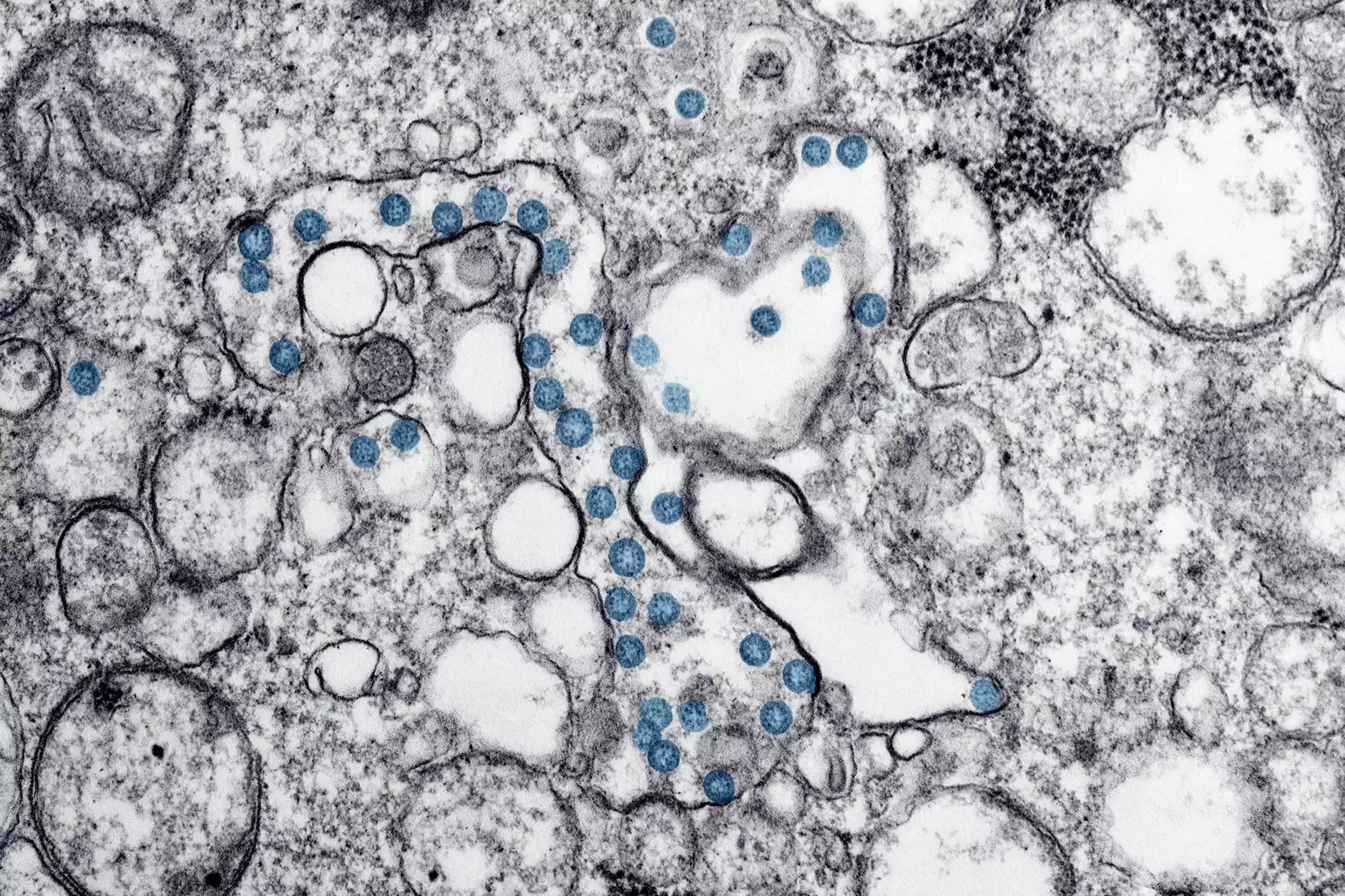Disaster Recovery Principles and Practices
Book Reports
Introduction
Welcome to The Knowledge Nest, your reliable source for comprehensive information on disaster recovery principles and practices. In this guide, you will gain valuable insights into the strategies and techniques necessary to effectively manage and recover from various types of disasters. From natural disasters such as storms and earthquakes to technological disruptions like cyber-attacks, our aim is to equip you with the knowledge needed to protect and safeguard your business or organization.
Understanding Disaster Recovery
Disaster recovery refers to the set of processes, policies, and procedures employed to promptly restore and resume normal business operations following a disruptive event. Whether it's a small-scale incident or a major catastrophe, having a well-defined disaster recovery plan is essential to minimize downtime, protect data, and mitigate financial losses.
The Importance of Disaster Recovery Planning
Effective disaster recovery planning helps businesses and organizations ensure their continuity in the face of unexpected challenges. Having a comprehensive plan in place facilitates swift recovery, reduces the impact on productivity, and fosters customer trust and loyalty. Furthermore, it allows businesses to meet regulatory requirements and compliance standards, which are increasingly stringent across industries.
Key Components of a Disaster Recovery Plan
A robust disaster recovery plan consists of several critical components that work together seamlessly to ensure successful recovery. These components include:
- Risk Assessment: Conducting a thorough risk assessment to identify potential vulnerabilities and risks specific to the organization.
- Business Impact Analysis: Assessing the potential impact of a disaster on critical business functions, systems, and processes.
- Backup and Recovery Strategies: Implementing appropriate backup and recovery strategies for essential data and systems.
- Communication Protocols: Establishing clear communication channels and protocols to facilitate effective coordination during and after a disaster.
- Testing and Training: Regularly testing the disaster recovery plan and providing training to key personnel to ensure preparedness.
Types of Disasters
Disasters can come in many forms, each requiring a tailored approach to recovery. Here are some common types of disasters:
Natural Disasters
Characterized by their unpredictability, natural disasters such as hurricanes, floods, earthquakes, and wildfires can cause extensive damage to infrastructure, interrupt business operations, and endanger lives. Understanding the unique challenges associated with each type of natural disaster is vital for effective recovery and resilience.
Technological Disruptions
In our increasingly digitized world, technological disruptions pose a significant threat to businesses and organizations. Cyber-attacks, power outages, hardware failures, and software glitches can lead to data breaches, system failures, and operational disruptions. Implementing robust cybersecurity measures and backup systems is crucial for minimizing the impact of these disruptions.
Human-Caused Disasters
Human-caused disasters, such as accidents, intentional harm, or terrorist attacks, can have devastating consequences for businesses and communities. Developing contingency plans to address security breaches, workplace violence, or other human-caused disasters is an essential aspect of comprehensive disaster recovery planning.
Best Practices for Disaster Recovery
To ensure the effectiveness of your disaster recovery efforts, it is important to follow industry best practices:
Regular Backups and Off-Site Storage
Implementing a routine backup schedule and storing backup data in secure off-site locations ensures that critical information remains intact even in the event of a physical or cybersecurity incident.
Documented Disaster Recovery Plan
A well-documented disaster recovery plan provides clarity and guidance during times of crisis. It outlines the roles and responsibilities of key stakeholders and serves as a reference point for recovery efforts.
Continuous Monitoring and Testing
Ongoing monitoring and testing of the disaster recovery plan help identify potential weaknesses or gaps. Regular assessments allow for necessary updates and improvements to adapt to changing circumstances or emerging threats.
Collaborative Partnerships
Establishing partnerships with relevant organizations, such as disaster recovery service providers or government agencies, can enhance your recovery capabilities. These partnerships provide access to resources, expertise, and additional support when needed.
Conclusion
By recognizing the importance of disaster recovery principles and practices, and implementing a well-structured plan, businesses and organizations can effectively navigate through unexpected disruptions. At The Knowledge Nest, we are dedicated to empowering you with the knowledge and tools necessary to protect your assets, ensure continuity, and achieve resilience in times of crises. Stay informed, be prepared, and safeguard your future.










